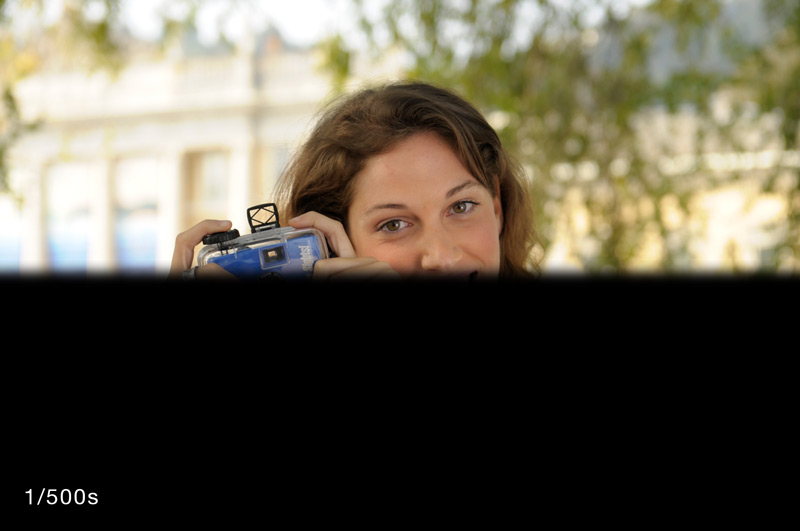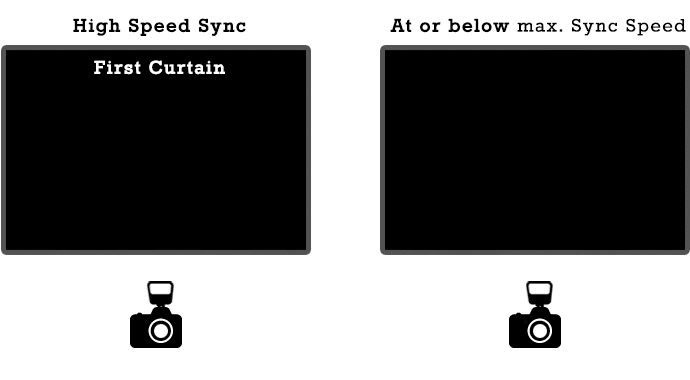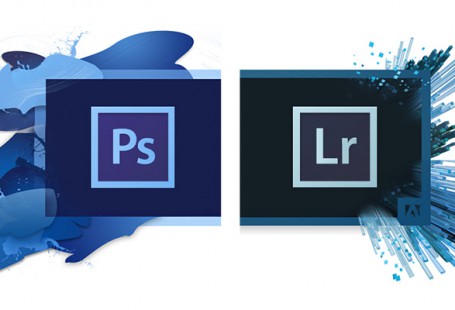So you want to take some portraits with a shallow depth of field when using flash in an outdoor setting.
Is it possible? Won’t my images be way overexposed? Well, in any situation where you have more light than you need, your image will be overexposed, yes.
So, I’m stuck with a small aperture, like f16-ish, when I’m outside in bright sunlight? Without a little hacking, I’m afraid you are, the main limitation being your flash sync speed.
But there are couple of ways you can work around this in order to get a shallow depth of field while maintaining the perfect exposure. To shoot at wide apertures on a sunny day with flash we need to drastically reduce the amount of light reaching the camera’s sensor. Let’s take a look at how this can be done.
First, what is Sync Speed?
When we are shooting with ambient light only, no matter what aperture we are using, shutter speed can be set anywhere from 30 seconds to 1/4000s and even more with some camera models. The limiting factor in this ambient light scenario is your camera’s maximum shutter speed, which, even at 1/4000s should be more than enough for 99% of situations.
When we invite flash to the party, things get a little trickier because all of a sudden our usable shutter speed drops from super fast to, well… a lot slower, which could be anywhere from 1/160s to 1/250s. Sync Speed is, in a nutshell, the fastest shutter speed at which the whole sensor can be exposed to, by flash, at once. Go any higher than your camera’s sync speed and a black band will start creeping into your frame. The higher you go, the larger it gets. The black band is, in fact, your shutter caught up in it’s travels across Sensor City.

Shallow depth of field with flash
Shooting at f2.8 and wider with flash has it’s challenges indoors but even more so when outdoors. Having everything in focus certainly has it’s place but those blurry cinematic backgrounds look so amazing, that photographers just can’t do without them, whether it’s because they just love the aesthetic it provides or because the background is so unappealing that throwing it out of focus is the only option.
We have already looked at the limitation we have when shooting with flash so now let’s find out what can be done to overcome this shortcoming and allow for wider aperture settings when there’s truck loads of light getting in the way.
High Speed Sync
High Speed Sync (HSS) is one of the two ways I know of that allows for using wide apertures with flash (that simultaneously warrant for higher shutter speeds). A situation where you might want to use HSS is when you are in a bright outdoor setting and your exposure including flash is, for example, f11 at 1/200s but you want or need to shoot your subject at f2.8 to get that out of focus background. That’s a 4 stop difference! So, to get an aperture of f2.8 your shutter speed needs to be 1/3200s. Exposure is the same, but your background is now out of focus. Without HSS this would be impossible. Please note that with this solution your flash will gradually lose it’s juice when moving up to faster shutter speeds simply because the flash duration consequently has to extend so it has enough time to pulse light over the entire sensor, as if it were a continuous light source. This is one of the downsides to HSS, especially when using hot shoe flashes. Of course, if you happen to be a proud owner of a Profoto B1 unit, power and AA batteries are not an issue!
What you need for HSS and how it works
To get High Speed Sync to work, both the camera and the flash being used need to have these features available. The most popular units with HSS capabilities are of the speedlight variety and to my knowledge of early 2016, only a few studio strobe brands (eg. Profoto) offer HSS capabilities. Contrary to how a flash normally works, i.e flash fires only when the sensor is fully exposed and light reaches the sensor in one shot, HSS continuously exposes the sensor to a pulsating flash through a small slit formed by both curtains that travel simultaneously over the sensor (the faster the shutter speed the smaller the slit). In a way, it’s similar to how a scanner scans a document… you have the light source move across the document being scanned. The animation below shows how High Speed Sync works compared to “normal” flash exposures (at or below the camera’s sync speed).

Advantages
Great option for situations where super fast shutter speeds are required
Easy to control ambient light
No worrying about flash sync
Easy to setup
Disadvantages
– Need capable flash and camera
– Loses effective power due to HSS pulsating characteristics
– Due to loss of power the flash needs to be close to subject
– Recycle times suffer
– Eats up batteries quicker
Neutral Density filter
By using a Neutral Density (ND) filter photographers can achieve the same results as with HSS, both of which affect how much light reaches the camera’s sensor, although in a different way.
ND filters are placed in front of the lens and reduce anywhere from 2 to 10 f-stops of light from entering the lens. Using the same example as before, if my exposure is f11 at 1/200s in any given situation, but an aperture of f2.8 is required, I can place 4 stops worth of ND material in front of the lens to be able to open up and maintain the same exposure, without the need to adjust the shutter speed. With this solution I can stay well within my sync speed and not have to ask my Lumopro LP180 or other speedlights to work extra hard.
Advantages
– Ability to use “normal” flash sync speeds
– Allows for more efficiency from flashes
– Ratio between flash and ambient light is always the same
– Works with any flash
Disadvantages
– Potentially makes focusing and seeing your subject difficult
– More glass in front of the lens
– Possible color shifts in images
Which is better, ND filters or HSS?
The answer to this question really depends on who you ask. Both have strong and weak points, both work well but it will ultimately boil down to each photographers shooting style and particular needs when it comes to choosing one over the other.
Personally I tend to use my ND filters more than HSS because I don’t like keeping my speedlights on a leash. However, I can definitely see the huge potential of HSS-ready strobes and believe that the technology is advancing so quickly that soon enough most studio strobe manufacturers will be boasting this amazing feature too. When this happens, using HSS will be a no-brainer. For now, I know that the Profoto B1s and B2s already have HSS built-in but their price point isn’t for everyone.
For those using speedlights and feel that loss of power is a major drawback, adding more units usually solves the problem. Double brackets are now available that make stacking speedlights a breeze.
I’d love to know what your go-to technique is for shooting shallow DoF images with flash or if you know of any other ways of achieving this, please let me know down in the comment section.
Thanks!



4 comments: On How to get Shallow Depth of Field when using Flash
This is very interesting. I have been wanting to do this for a while now and have always wondered how the pros manage that beautiful bokeh outdoors during the day. It’s actually crossed my mind that it’s done after the fact in Photoshop! Now I know it’s not. I don’t own neutral density filters but I do have a flash so will give high speed sync a try and see what I come up with.
By the way, my flash is an older Nikon SB-800 and camera is a D300s… will HSS work with this combo?
Thanks!
Hi Gloria,
Yeah, those pros seem to have all the secrets! 🙂
Sure the SB-800 and D300s will definitely allow you to play around with High Speed Sync, although only on-camera.
If you want to take your flash off camera you will need either an SC-29 cable, another SB-800, an SU-800 or a PocketWizard MiniTT1 and FlexTT5 Transceiver.
Really useful information! I have used the Neutral Density filter approach and has worked well for me. I just checked and my current equipment actually supports high speed sync but I didn’t even know it!! Duh! Gonna give HSS a test drive!
Thanks Nick
Hi Louise, thanks!
The High speed sync and neutral density filter techniques work well, although both have some pros and cons. Yeah, definitely give High Speed Sync a go if your equipment allows for it.